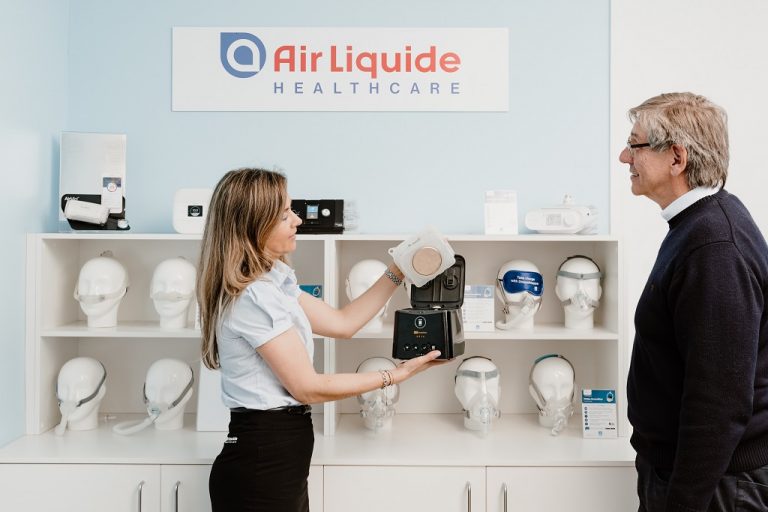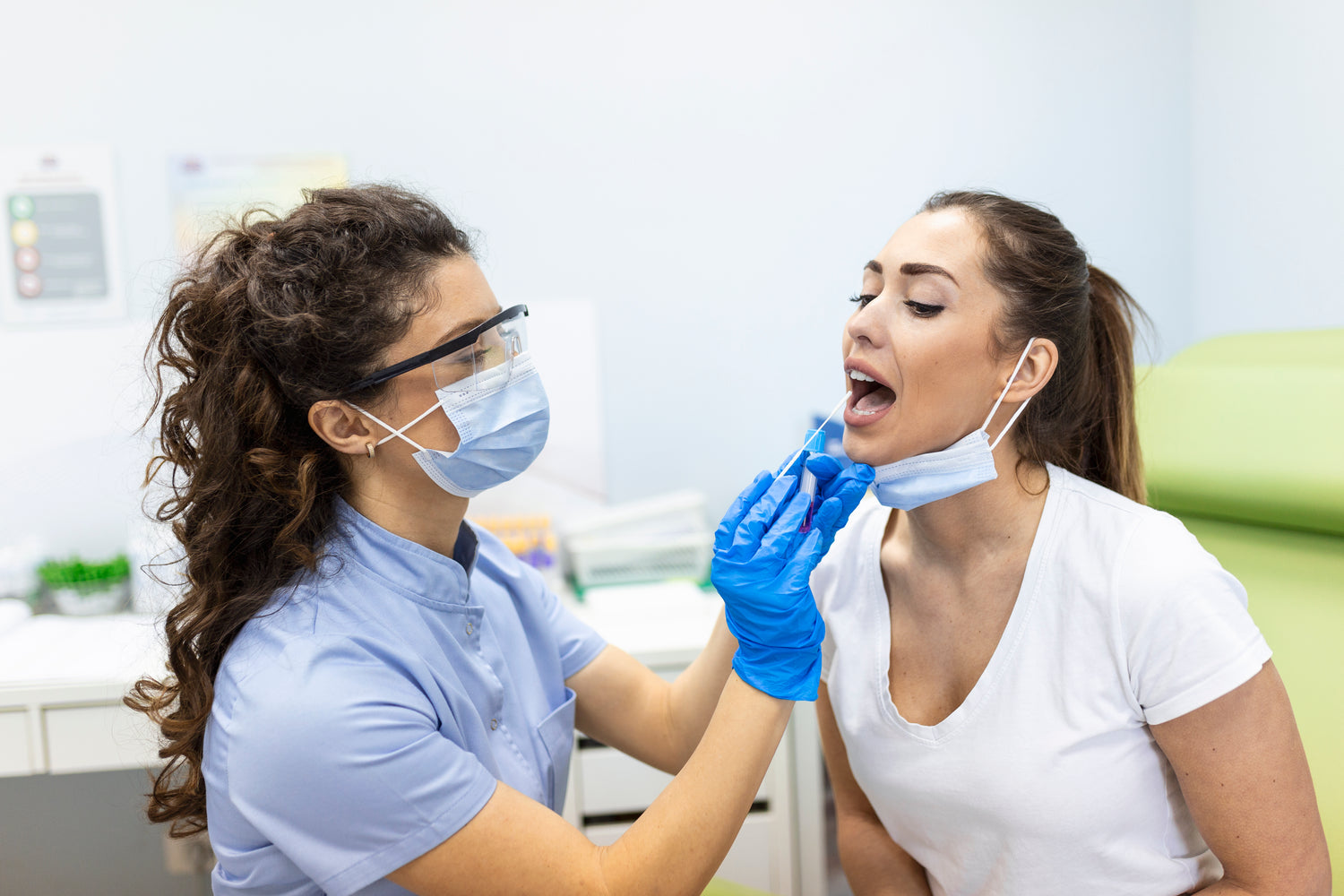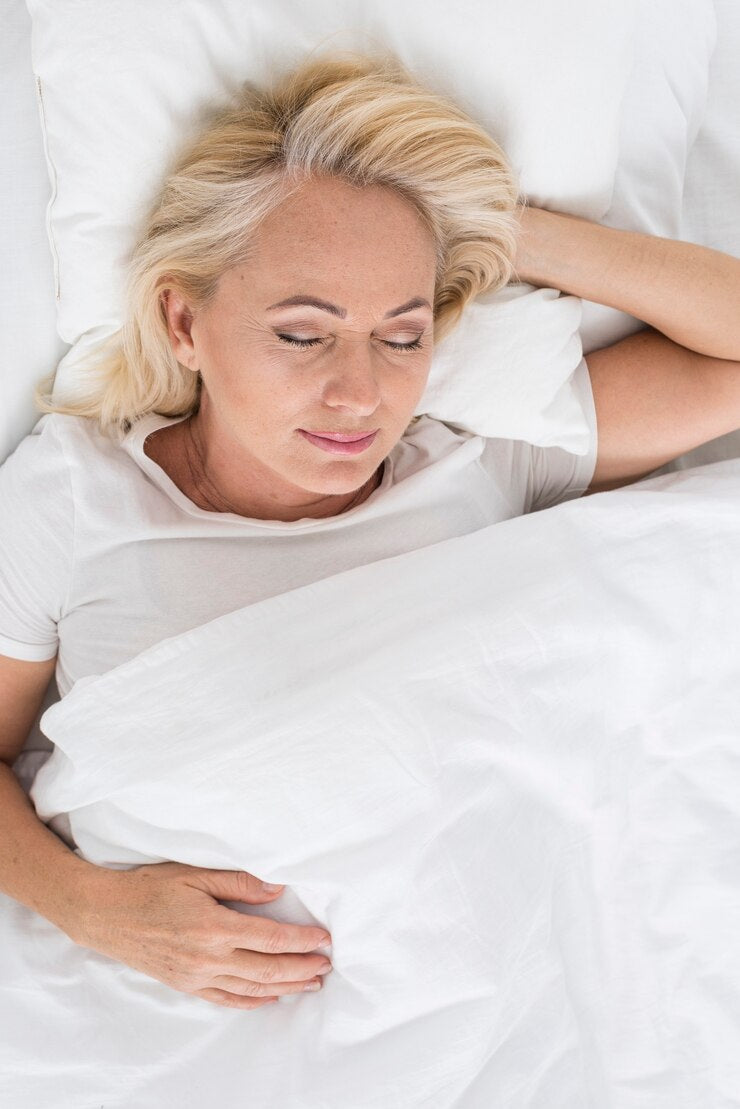Treatment Options
Why should I get treated for sleep apnea?

Depending on the sleep study results there are several sleep apnea treatments options available.
If you are diagnosed with sleep apnea, your sleep physician may recommend a combination of the below depending on your circumstances and sleep apnea severity.

Dental Sleep
Mandibular advancement splint (MAS) therapy is a recognised sleep apnea treatment alternative for those that may not tolerate CPAP.

Positional Devices
The Night Shift is a patented, clinically-proven therapy for patients with positional obstructive sleep apnea (POSA) that can be worn around the neck. After allowing the user time to fall asleep in any position, it begins to gently vibrate when the user attempts to back-sleep. The vibration then gradually increases in intensity until the user changes position. Night Shift is an intelligent, interactive monitor that allows patients and clinicians to track sleep quality and therapeutic effectiveness via the Night Shift application on iOS & Android devices. Night Shift can also be combined with a wrist oximeter to screen for Positional OSA and/or assess the benefits of combination therapy.
Features & Benefits
- Monitor how efficiently the user slept and the degree of sleep fragmentation
- Assess the association between loud snoring and sleep quality
- Determine if snoring and poor sleep quality is limited to back-sleeping
- Compare the effectiveness of other OSA or snoring therapies with and without position therapy
- Compare the effectiveness of other OSA or snoring therapies with and without position therapy
- Single charge can last for up to 3 nights
- Lightweight
Other Treatment Option
Lifestyle modifications
There are lifestyle changes you can make that may reduce the severity of your sleep apnea and improve the effectiveness of other sleep apnea treatments.
Weight loss
Excess weight is the most common contributing factor to obstructive sleep apnea (OSA). The excess weight around your neck and the effects of gravity exacerbate your sleep apnea by applying downward pressure on your airway.
Losing weight may help to reduce the severity of your OSA along with other health benefits. It is a vicious cycle as some people with untreated sleep apnea may find it harder to lose weight; a poor night’s sleep will induce cravings for high calorie food and a lack of energy makes it difficult to exercise. In some people, treating their sleep apnea first has aided weight loss.¹
Reduce alcohol, sleeping pills and other sedatives
Avoid alcohol, medicines (such as sleeping pills) or other sedatives (natural or manufactured) before bed. Alcohol acts as a sedative; it may cause your throat muscles to relax, exacerbating your sleep apnea. Always speak to your doctor before stopping or changing any medication.
Quit smoking
Quitting smoking may reduce the severity of your snoring and sleep apnea and improve other health conditions. Smoking may increase the severity of your snoring and sleep apnea. The poison in cigarettes can cause your airway to swell. Smoking also acts as a sedative.
All treatment options should be considered under the guidance of your sleep physician and doctor.
Reference: 1. Romero-Corral, Abel, et al. “Interactions between obesity and obstructive sleep apnea: implications for treatment.” CHEST Journal 137.3 (2010): 711-719.








